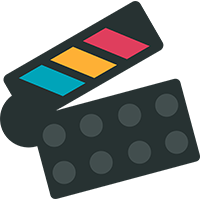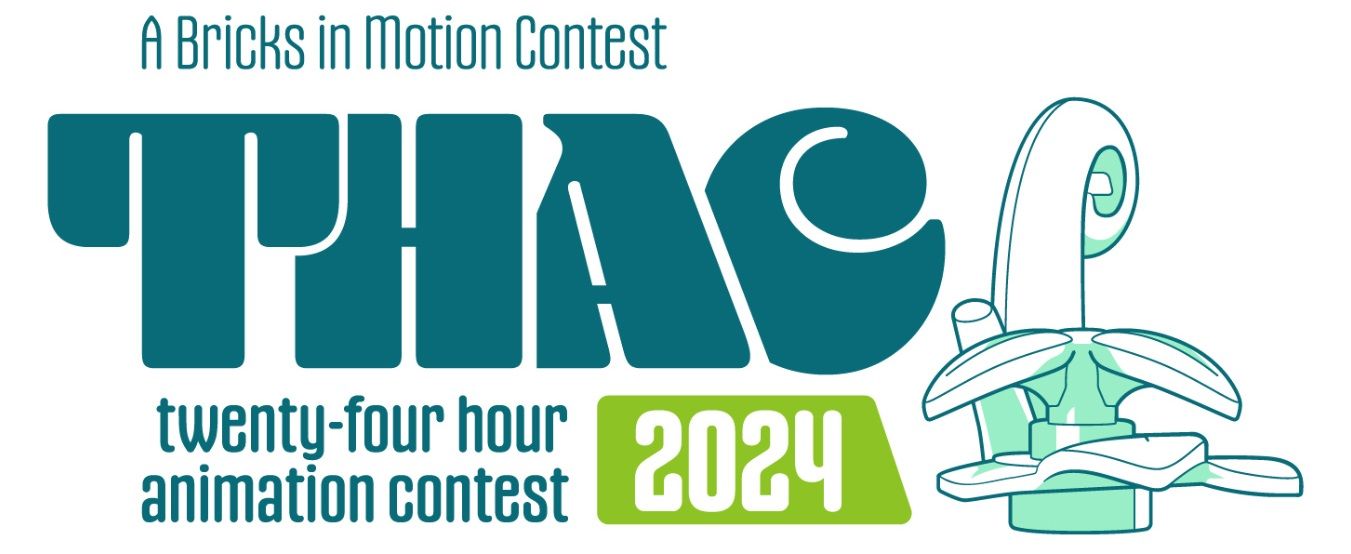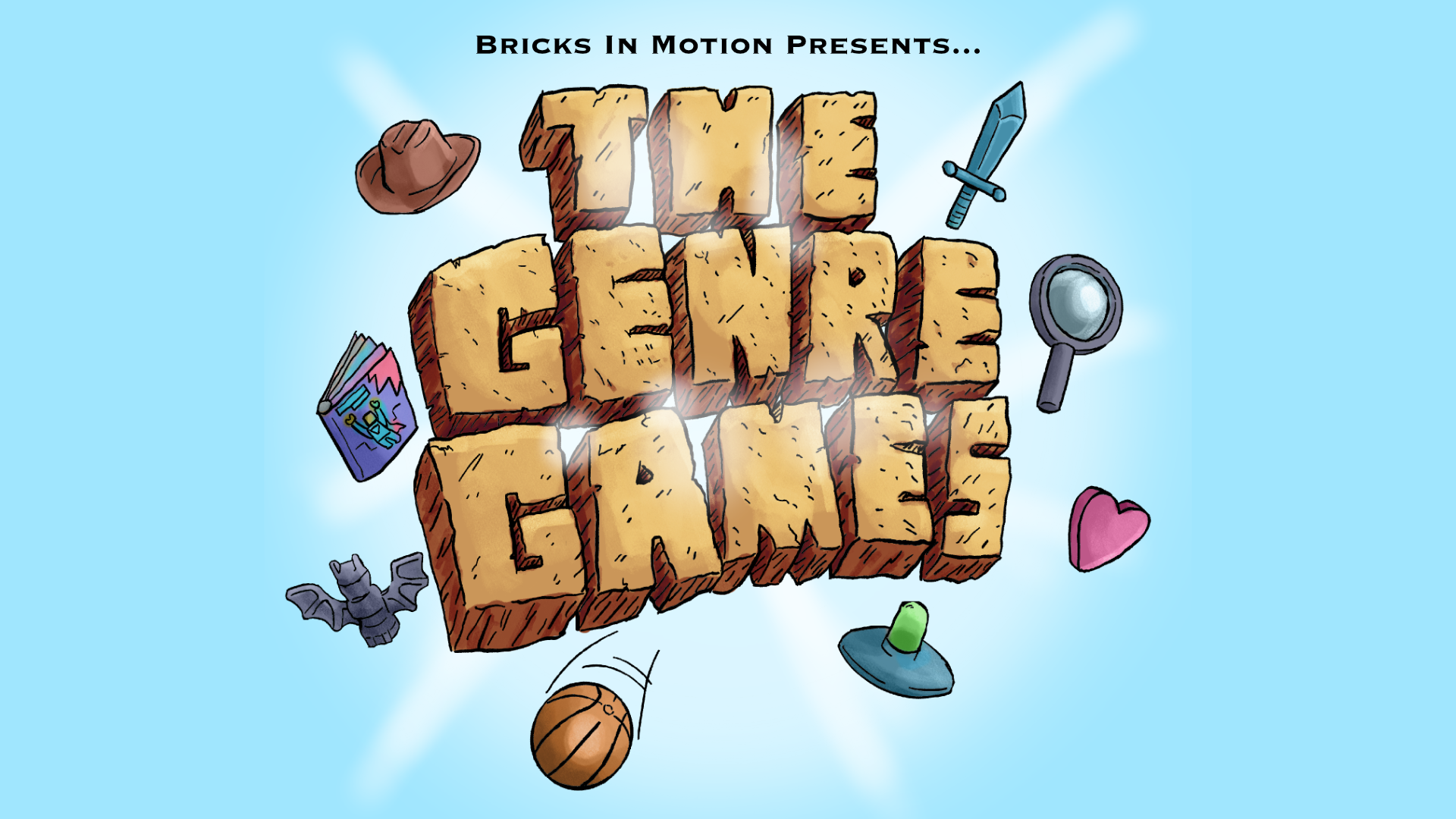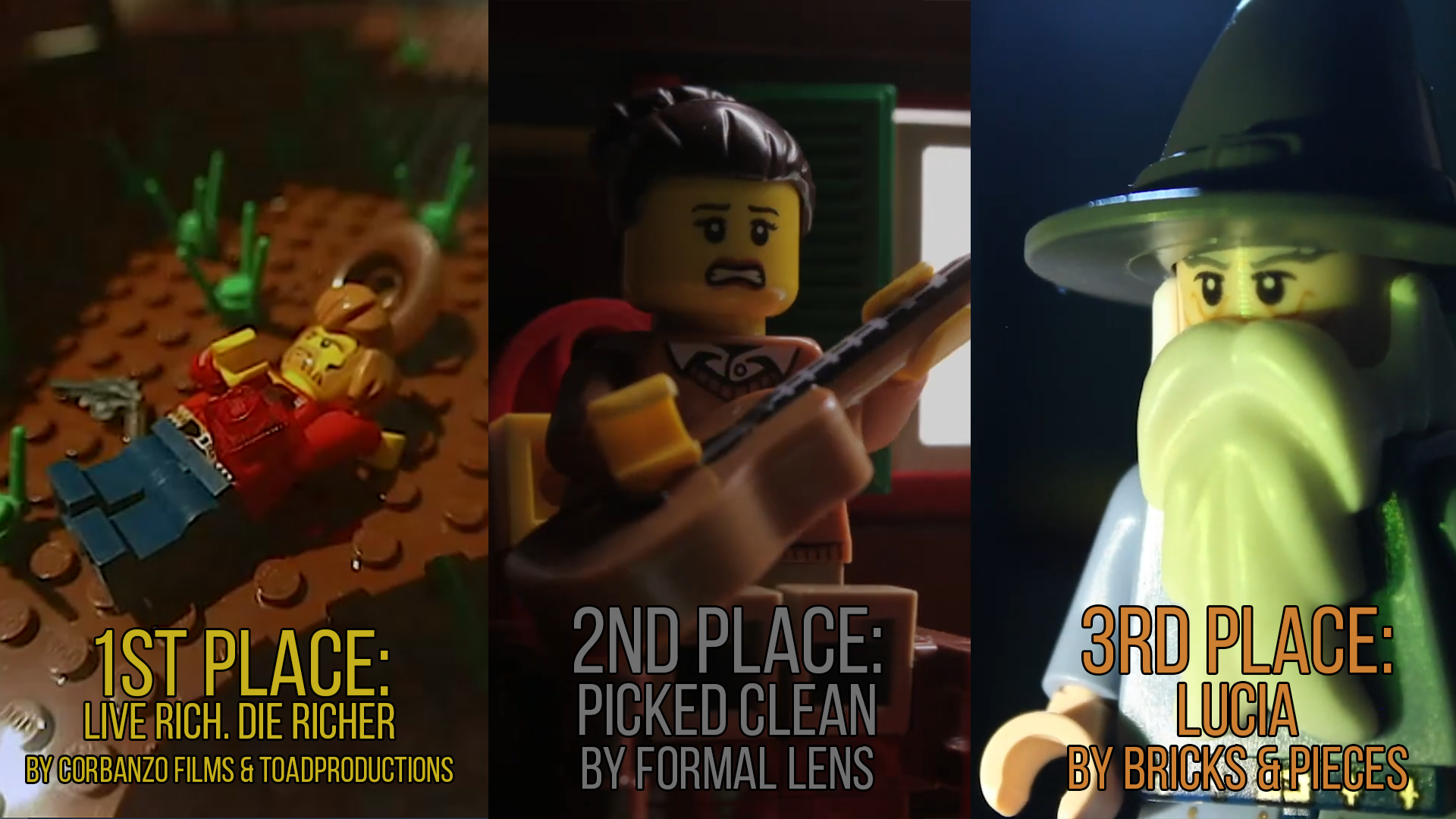To fill or not to fill... yes, there is a question. While the three point lighting system, and fill lights can make things look brighter and better, you must always take into account where the light is coming from. I'm not saying you have to always be realistic with your lighting, but lighting is an art, and just a couple of lamps pointing at your subject do not make good lighting.
You should not use a three-point (or fill light) in every situation. For example:
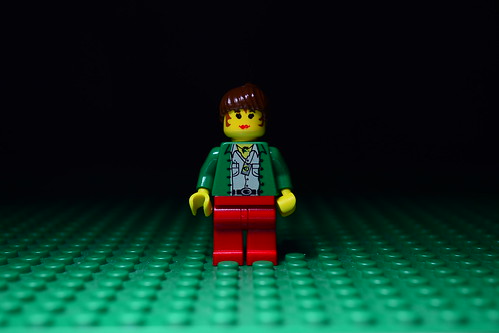 Infinite Darkness by rioforce, on Flickr
Infinite Darkness by rioforce, on Flickr
Only one lamp was used for the above frame. It was meant only to illuminate the subject, and leave everything else in the dark.

The above frame had 2 lamps pointed only at the background, creating a silhouette effect. No key or fill lights (in the traditional way) were used, because the main subjects are dark, while the background is bright.
It is important to note that the lamps do not need to always be pointed directly at the subject to create a fill light effect.
 Mine Lighting Test 3 by rioforce, on Flickr
Mine Lighting Test 3 by rioforce, on Flickr
I used small lights for that one, and bounced a yellow light off the ceiling for some fill. Thus, I still had a fill light, but it was not directly pointed at the set. Not everything needs to be bounced off a wall though. I created a fill light effect using a very reflective piece of cardboard. The lamp pointed at a the cardboard, and reflected right onto the set, creating indirect lighting. In fact, some people do not even need fill lamps, because they set a piece of reflective material (like a small tent of tin-foil) beside their characters, and the light from the key lamp reflects off the foil and fills in the character's shadow.
It's great that you learned about the 3-point lighting system, and about how important fill lights are. It is a very helpful tip for any animator, film maker, or photographer alike. A little warning, though, the three point lighting system can make your film look like a boring sitcom if you don't use it creatively.
However, you can still be creative and use the 3-point lighting system at the same time. For example,

in this shot, a three-point lighting system was used, but I tilted the angle of each light to be a bit different, creating a nice reflection on the minifigure (see arms), and a good shadow on the face from the hair. The lighting is not strictly uniform, it creates an environment in that frame.
While it is good to have your subjects well lit, you need to remember (like I said earlier) to keep in mind where the light is supposed to be coming from. Not every situation requires the same lighting.
Last edited by rioforce (March 4, 2015 (08:08am))
YouTube • Website "Whatever you do, do all to the glory of God." - 1 Corinthians 10:31b
"Whatever you do, do all to the glory of God." - 1 Corinthians 10:31b
![]()
